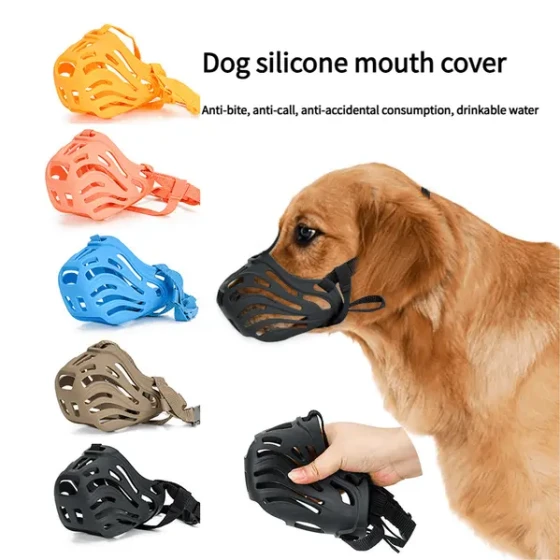Morphological Characteristics of the Great Pyrenees
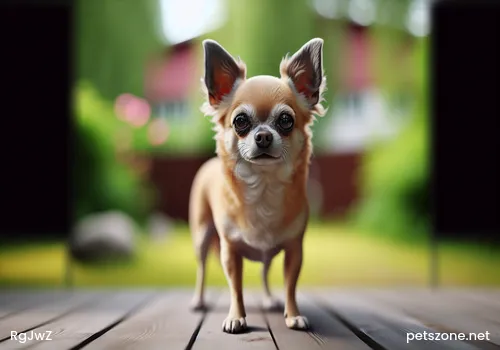
The ideal male Great Pyrenees should have a shoulder height of about 27~32 inches, and the ideal female Great Pyrenees about 25~29 inches at the shoulder. The ideal male’s weight is about 45.4 kg, and the female’s about 38.5 kg, with weight proportional to overall body size and constitution.
Proportion: The shoulder height is slightly shorter than the body length (measured from withers to the rear part of the thigh <hip>), forming a rectangular and balanced dog. The length slightly exceeds the height, with coordinated front and rear angles.
Constitution: The Great Pyrenees has a medium-sized body (neither particularly fat nor thin); its dense coat can easily mislead one without feeling the underlying bones and muscles. Coordinated with its size and elegant appearance, ample bone and muscle provide a balanced physique.
Faults: Size – shoulder height below the lower limit or above the upper limit. Constitution – bones too heavy or too light, affecting body structure balance.
Head
The correct head and expression are key points for this breed. Overall, the head does not appear excessively heavy. The appearance is wedge-shaped with a slightly rounded top.
Expression: Elegant, intelligent, silent.
Eyes: Medium size; almond-shaped; slightly slanted; rich dark brown color; the eye rims are black, and the eyelids fit tightly against the eyeball.
Ears: Size can range from small to medium, V-shaped with slightly rounded tips; the ears align with the eyes. Normally, the ears hang down, lie flat against the head. A typical feature of the Great Pyrenees is the convergence of facial hair on the upper and lower parts of the face, exactly along the line from the outer corner of the eye to the ear base.
Skull and Muzzle: The length of the muzzle is roughly equal to the length of the skull. The skull’s length and width are approximately equal. The junction between muzzle and skull is smooth. The cheeks are flat. The muzzle sits below the eyes and is full. There are slight wrinkles between the eyes, with no distinct stop. The brow ridge is slightly prominent. The upper lip fits tightly over the upper jaw and covers the lower lip. The lower jaw is solid. The nose leather and lips are black.
Teeth: A scissors bite is ideal; a pincer bite is also acceptable. The lower front teeth should not be turned backward.
Faults: Head too heavy; skull too narrow or small; cunning expression; obvious stop; eyelids, lips, and nose leather lacking pigment; eyes round or triangular, loose eyelids, small eyes; overbite or underbite; crooked mouth.
Neck, Topline, Body
Neck: Muscular and firm with medium length; very little loose skin.
Topline: Level.
Body: Moderate chest width with well-supported, oval ribs; chest depth reaches the elbows. Back and loin are broad, strong in connection, with slight folds. The croup slopes slightly downward, with the tail set below the topline.
Tail: The tailbone is sufficiently long, extending to the hock, with attractive feathering. At rest, the tail hangs down; when excited, it may curl over the back (forming a wheel shape). When shown, the feathering of the tail forms the “sheepdog curve,” which is very important. When walking, the tail may either curl over the back or hang down, both are permitted.
Faults: Barrel chest.
Forequarters
Shoulders: Laid back, muscular shoulders hidden in the body. The angle between the forearm and scapula is about 90 degrees. The forearm extends backward from the scapula to the elbow and must never be perpendicular to the ground. Scapula and forearm bones are about equal in length. The distance from the ground to the elbow is roughly equal to the distance from the elbow to the withers.
Forelegs: Substantial bone and muscle consistent with the balanced body. Whether standing or moving, the elbows are close to the body and point straight backward. Viewed from the side, the forelimbs are exactly below the withers, straight and vertical to the ground. Viewed from the front, a straight line runs from the shoulder through the elbow to the wrist. The wrists are strong and flexible. Each foreleg has one dewclaw.
Front Paws: Round, compact, thick padded with arched toes.
Hindquarters
The angles of the hindquarters are similar to the forequarters. The Great Pyrenees’ thigh: The first thigh is muscular and forms a right angle with the pelvis. The length of the first and second thigh segments is equal; the contour at the stifle shows a moderate angle between the two.
The hock length is moderate; when the dog stands naturally, it is vertical to the ground. Viewed from the side, the hock angle is moderate. Viewed from behind, the hind legs (from hip to hock) are straight and parallel. The hind legs have sufficient bone and muscle consistent with the balanced body. Each hind leg has two dewclaws.
Hind Paws: The toes point slightly outward. Such an outward turned hind leg (cow hocks) is characteristic of the breed, not a fault. The pads and toes are the same as the forelegs: round, compact, thick padded with arched toes.
Faults: Presence of two dewclaws on hind legs.
Coat
The coat, able to withstand any climate, consists of two layers: the outer coat is long, flat, dense, coarse, straight or slightly wavy; the undercoat is dense, fine, and cotton-like. The mane or ruff of longer hair is especially dense around the erect neck and shoulders in males. Longer hair on the tail forms feathering. Feathering also extends to the backs of the forelegs and thighs, creating a “breeches” effect. The hair on the face and ears is short and of good texture. Correct coat quality is more important than quantity.
Faults: Curly coat; erect coat (as in Samoyeds).
Color
White or white with gray, reddish-brown, or various shades of tan markings. Different-sized markings may appear on ears, head (including mask), tail, and body (rarely smudges). Undercoat may be white or dark. The various colors and placement of markings described are characteristic of this breed; none is superior or inferior.
Faults: Coat markings exceed one-third of the body.
Gait
The Great Pyrenees’ gait is steady and elegant, accurate and straight, demonstrating strength and agility. Harmonious extension and powerful drive produce correct stride length. As speed increases, paws tend to move closer to the centerline of the body. An easy and efficient gait is more important than speed.
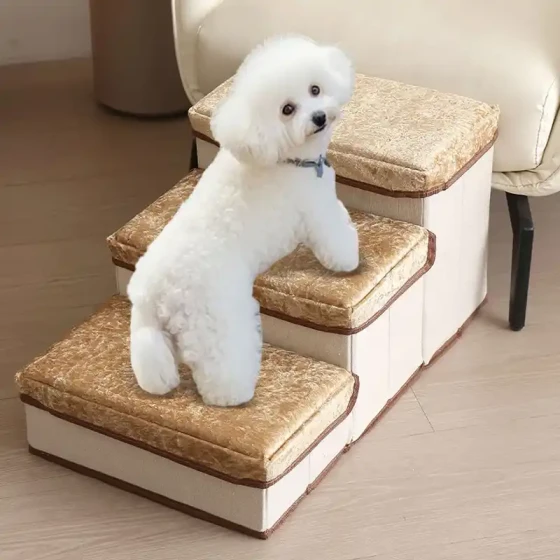
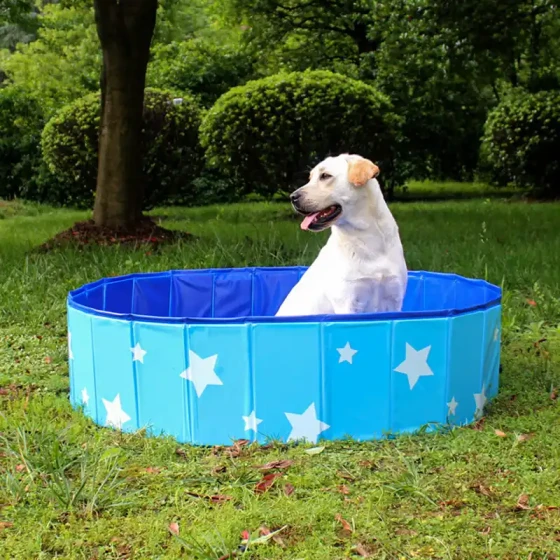
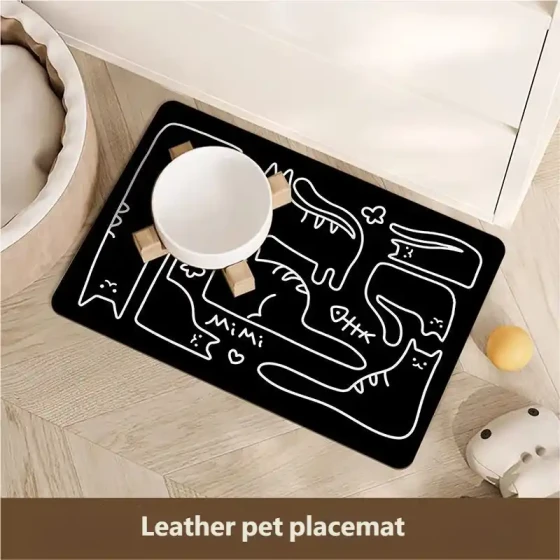
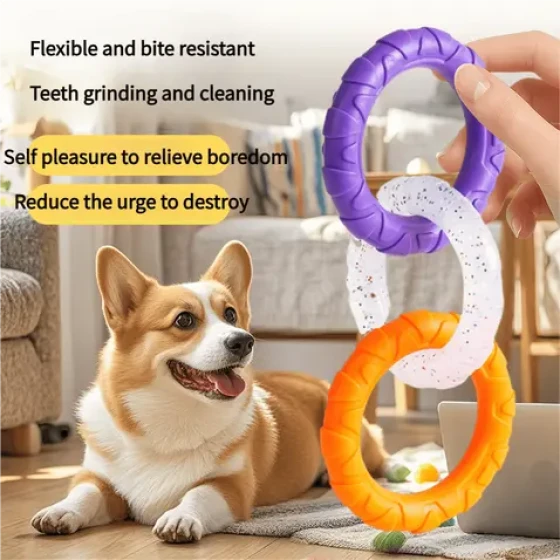
-560x560.webp)
